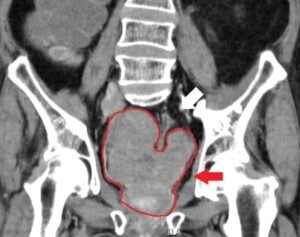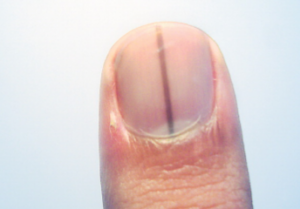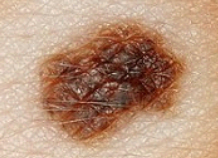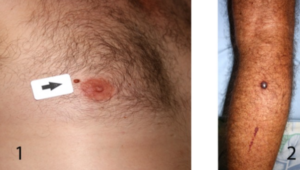You’ve heard of a SPIN: special interest. You’ve heard of a stim: stimming or repetitive, self-stimulatory behavior.
• Almost all autistic people have a “special interest”: a hyperfixation on a topic (often a very unusual one) of which they may have extensive, self-taught knowledge.
• The stereotypical SPINS in autism include trains, train schedules, bus schedules and some feature of license plates.
• Almost all autistic individuals engage in repetitive behaviors for the purpose of self-regulation, a calming effect and sometimes habit, boredom or that it just feels natural to do.
• Sometimes a stim is done because it produces intense joy (such as smelling and feeling my hair).
• Stereotypical stims include rocking while seated, hand flapping and bobbing one’s head.
So what exactly is a SPIM?
A SPIM is when you combine a SPIN with a stim!
The point at which a special interest becomes a cherished stim can be very blurry.
For example, Lynndsi loves fidget spinners. She has quite an impressive collection of them and excitedly collects as many as possible for free at autism resource fairs.
She’s already bought just about every one on Amazon, and never tires of talking about these popular stimming devices.
Lynndsi even knows the names of all the manufacturers of fidget spinners.
Upon meeting a new autistic person she’ll always ask if they use fidget spinners.
So that pretty much sounds like a bona fide SPIN for this adult on the Autism Spectrum.
However, Lynndsi also stims a lot with these devices: for example while waiting (in line, at doctor appointments, for flights, at restaurants).
They help with self-regulation and boredom but are also so cool to watch.
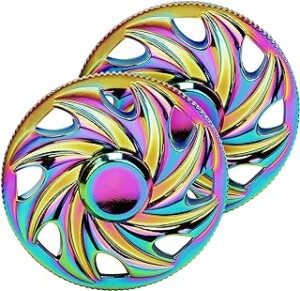
There are so many kinds of fidget spinners.
What we have here, then, is a SPIN crossing over to stimming: a SPIM.
Lynndsi’s SPIM is fidget spinners!
What about myself, who was diagnosed with ASD in March 2022?
I’ve had a SPIM going for years and never knew it until I began on my diagnostic journey.
My SPIM is big, fat, kickass ponytails!
It’s difficult to tell, though, just what percentage of my hyperfixation on voluminous ponytails is special interest and what percentage is stimming.
I’d say it leans more towards a stim, but there seems to be a component of special interest to my fascination with badass ponytails.
This isn’t a topic that can be talked about much, other than telling someone that I get very excited upon spotting a kickass ponytail in public, and I might mention that “a woman I met at an autism event let me feel her ponytail after I told her it was a strong sensory seeking thing for me.” But I don’t keep talking about it.
The sensory joys that big poofy ponytails yield for me are concentrated in their appearance and how they feel.
Every time I walk onto the gym floor, I always look to see if anyone has a killer ponytail.
I’ve gotten on cardio equipment behind someone just to watch their thick full ponytail swing back and forth as they jog.

Freepik
I’m also always on the lookout at Walmart or any other location where there’s a lot of people.
So it’s definitely a sensory seeking (stim) factor, but I also feel it has special interest traits.
And I’d be lying if I said I never thought about what kind of natural fragrance someone’s ponytail has.
Sometimes when I spot a big one I think, “I bet it smells soooo good.”
But don’t worry: I’ll never cross that boundary and ask to sniff someone’s ponytail.
Do you have a SPIM?
Something that you’ve always felt was a special interest just might be 75% stim.
Or, a long-term stimming behavior might actually be a little bit special interest.
The crossover can perhaps be most easily detected in objects that are sought out for their appearance, tactile sensation or sound.
For example, Spenser might become entranced by the sound of train whistles.
Listening to these on YouTube is so calming, soothing and often just plain mesmerizing.
But Spenser also can tell you a lot about train whistles as well, such as how they’re made, how many miles in distance they can be heard and other trivia.
And he often manages to find a way to insert this topic into any conversation. This would be the special interest component.
SPIM: Special Interest + Stim
Let’s add “SPIM” as a new term for the autism community.
Certainly, I can’t be the only Autist who’s wondered about this!














